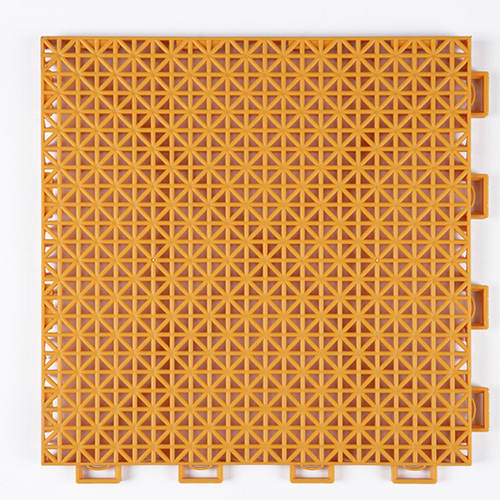10 月 . 01, 2024 06:08 Back to list
Running Tracks for Athletic Training and Competition Use
The Evolution and Importance of Athletic Running Tracks
Athletic running tracks have been an integral part of sports for centuries, providing athletes with a dedicated space to train, compete, and excel in the sport of running. The design and construction of these tracks have evolved significantly, reflecting advancements in technology, safety, and performance. Today, a typical running track consists of a multi-lane oval that aids runners in maintaining speed while offering a controlled environment for practicing various events.
Historical Background
The origins of running tracks can be traced back to ancient civilizations, where running was a fundamental component of athletic competitions. The Greeks, for example, established the Olympic Games in 776 BC, featuring running events in open fields. However, these early athletic venues lacked the formal structure we associate with modern tracks. It wasn't until the late 19th century that organized athletic tracks began to emerge, with the establishment of turf and cinder surfaces allowing for improved traction and speed.
Design Features
Modern athletic running tracks are typically made from synthetic materials, which offer numerous advantages over traditional surfaces. The most common material, polyurethane, provides a durable, weather-resistant surface with excellent shock absorption properties. This technology reduces the risk of injuries and allows athletes to perform at their best. A standard track measures 400 meters in circumference and consists of eight to ten lanes, ensuring ample space for runners to compete simultaneously.
Key features of an athletic running track include its lanes, which are clearly marked and designed to ensure fair competition. Each lane is typically 1.22 meters wide, allowing runners enough room to maintain their pace without interference. The inside lane is usually the shortest distance, and staggered starting positions are employed in races to account for this difference, ensuring that all athletes run the same distance.
The Role of Running Tracks in Training and Competition
athletic running track

Running tracks serve as essential training grounds for athletes at all levels, from novice runners to elite professionals. They provide a controlled environment where athletes can focus on their performance, develop their speed, and improve their techniques. Coaches utilize tracks for interval training, speed work, and distance runs, allowing athletes to fine-tune their capabilities in preparation for competitions.
Moreover, running tracks are critical for hosting various events, including sprints, middle-distance, and long-distance races, as well as field events like long jump and pole vault. Tracks are designed with safety features, such as sufficient runoff areas and proper drainage systems, ensuring that athletes can compete under optimal conditions. This has also made tracks a popular venue for school athletics, community events, and international competitions.
Health and Community Benefits
Beyond their role in competitive sports, athletic running tracks play a significant part in promoting health and wellness within communities. Many local and regional centers have embraced the construction of running tracks, providing citizens with accessible spaces for exercise. Running, jogging, and walking are low-impact activities that have been shown to improve cardiovascular health, boost mental well-being, and foster social connections.
Communities often host events on running tracks, such as fun runs, charity races, and fitness classes, which encourage participation and promote an active lifestyle. The inclusive environment of a running track allows individuals of all ages and skill levels to come together and achieve their fitness goals.
Conclusion
The evolution of athletic running tracks reflects both the advancements in sports science and the growing appreciation for the importance of physical fitness in our society. As we look to the future, these tracks will continue to serve as vital spaces for training, competition, and community engagement, promoting an active lifestyle and inspiring athletes to reach new heights. Whether for competitive purposes or personal wellness, running tracks remain a cornerstone of athleticism in our culture.
-
Custom Pickleball Court Solutions Convert Tennis & Indoor Builds
NewsMay.30,2025
-
Outdoor Pickleball Court Costs Build & Install Pricing Guide
NewsMay.30,2025
-
Premium Pickleball Sports Courts Custom Design & Installation
NewsMay.30,2025
-
Indoor Pickleball Courts Tennis Court Conversion & Custom Builds Tempe
NewsMay.29,2025
-
Professional Pickleball Court Installation & Tennis Court Conversions
NewsMay.29,2025
-
Grey Synthetic surface-rubber prefabricated track
NewsMar.07,2025

